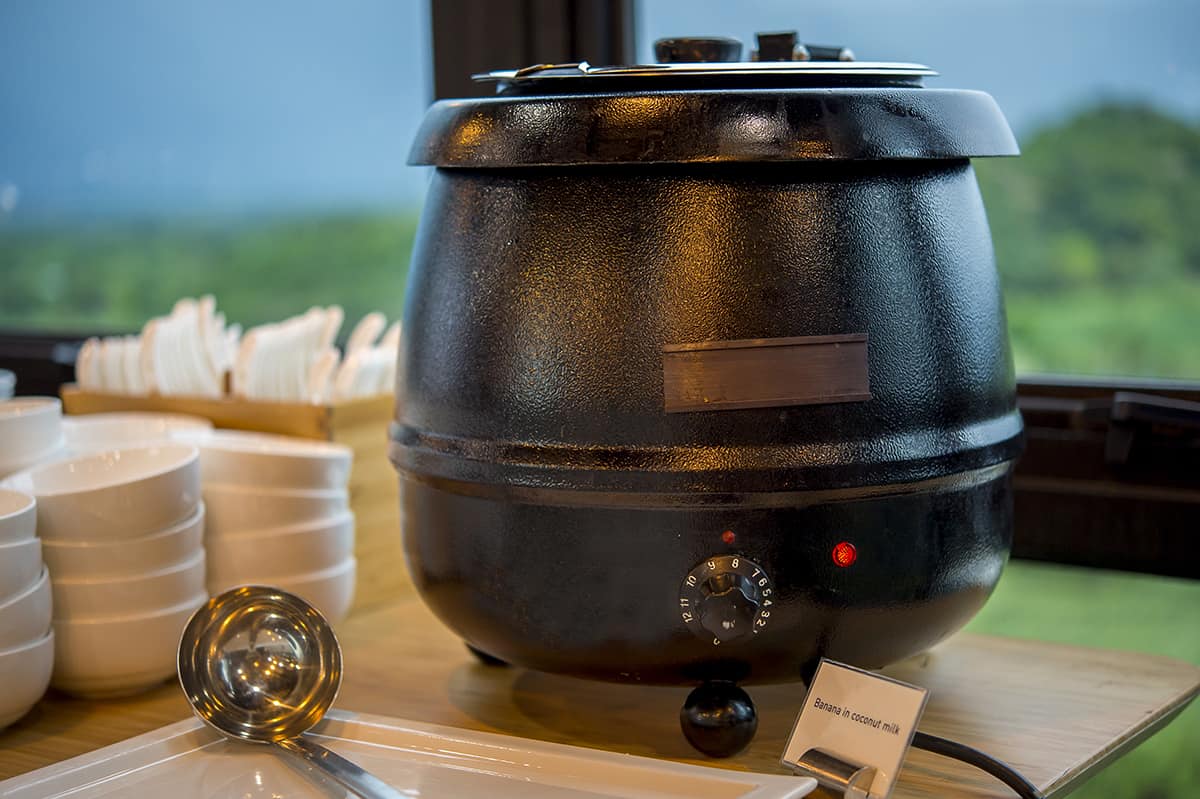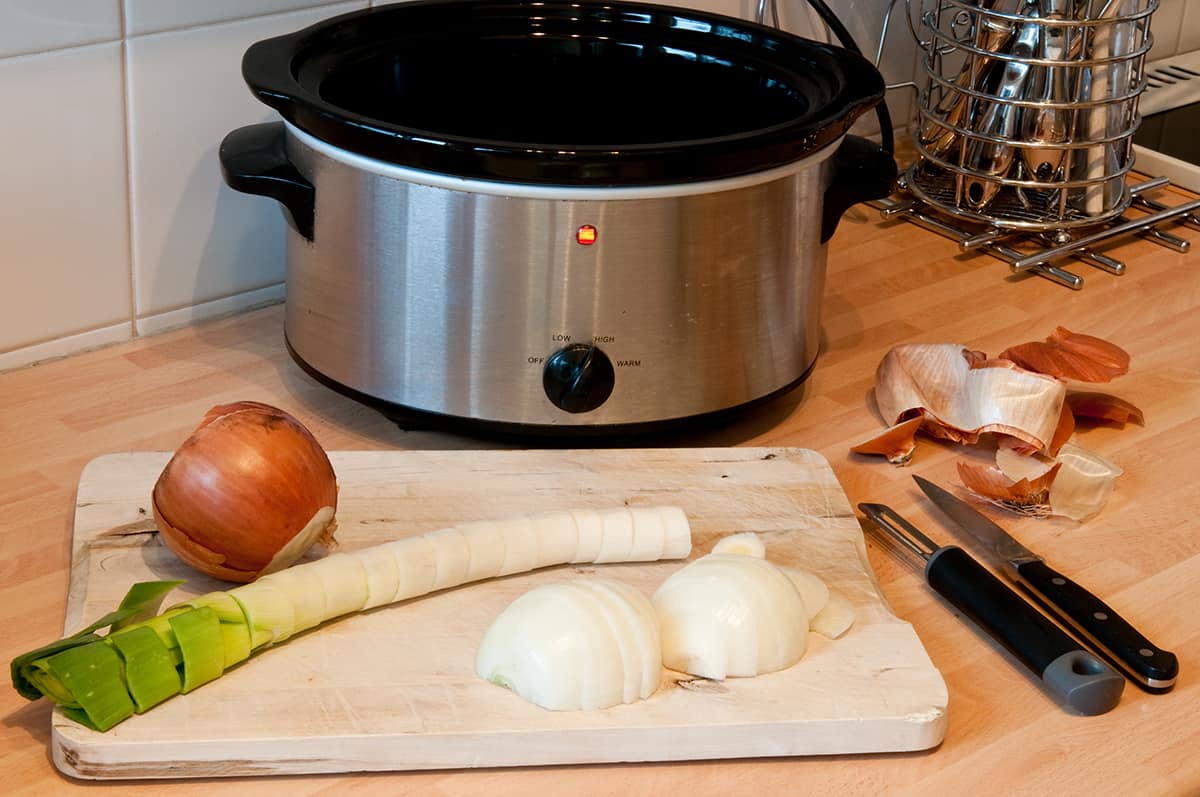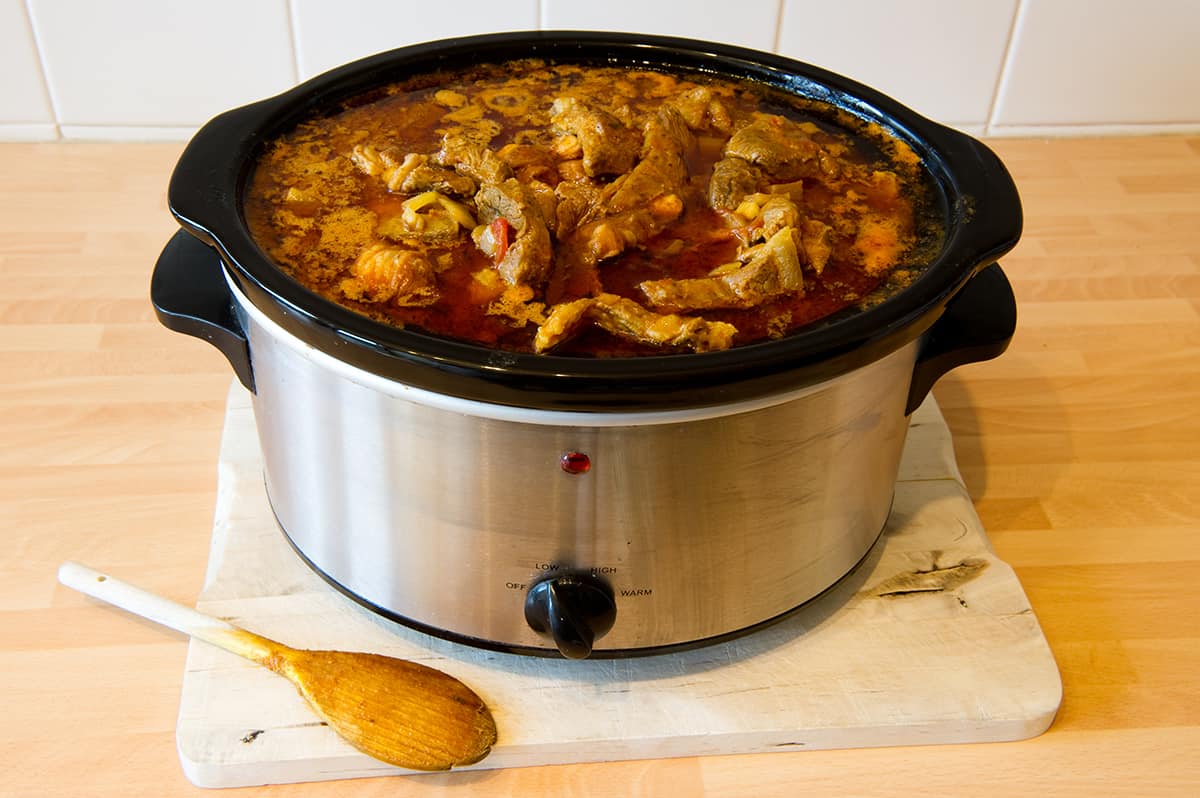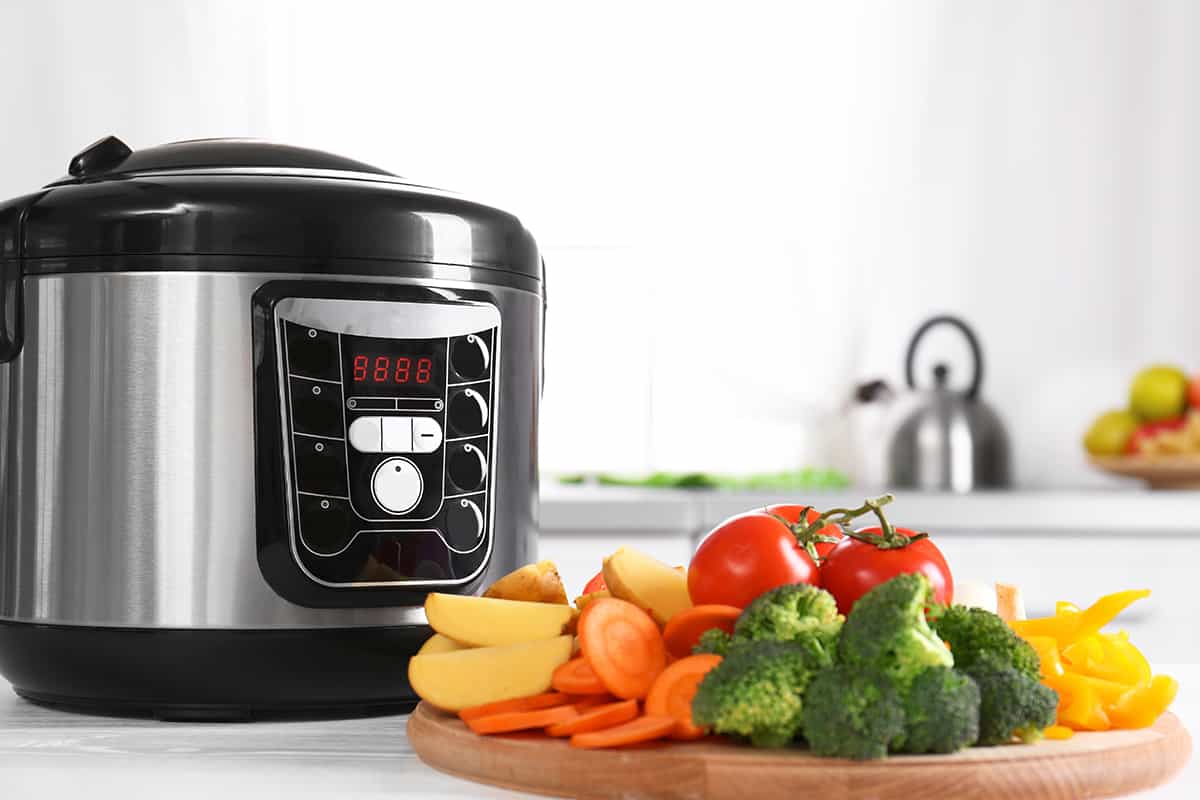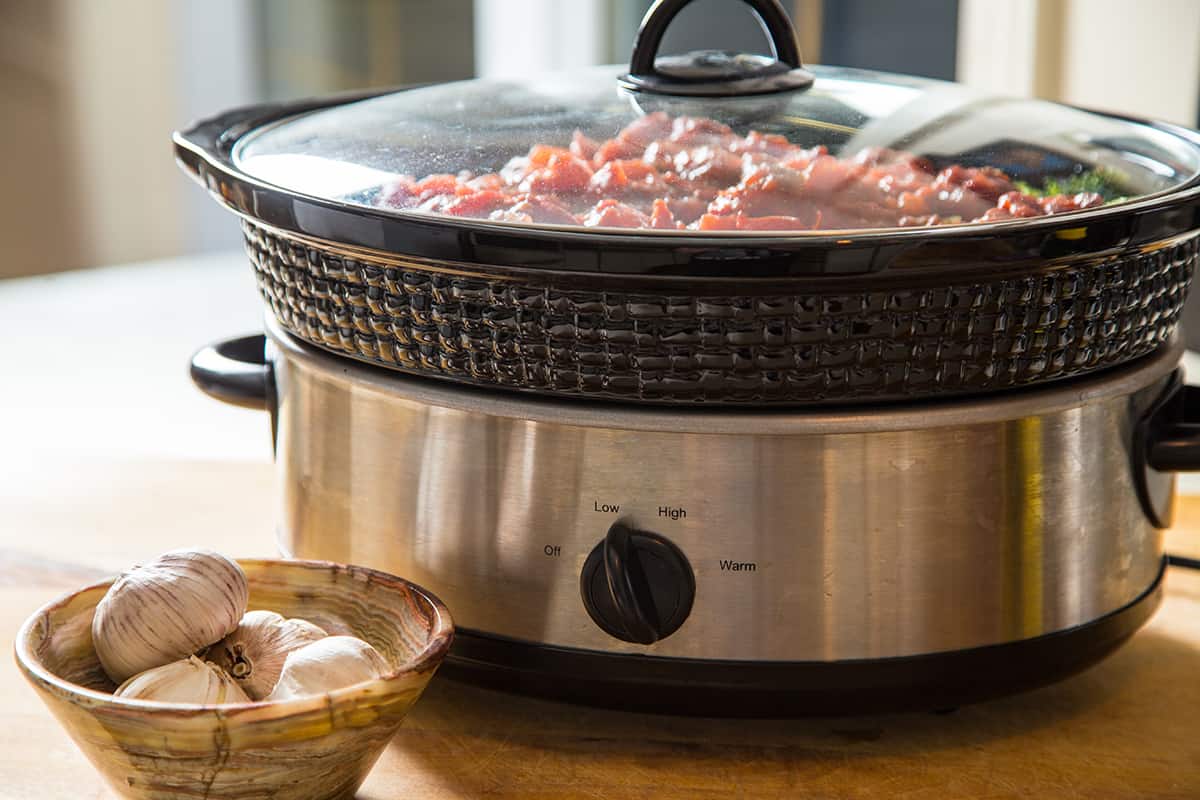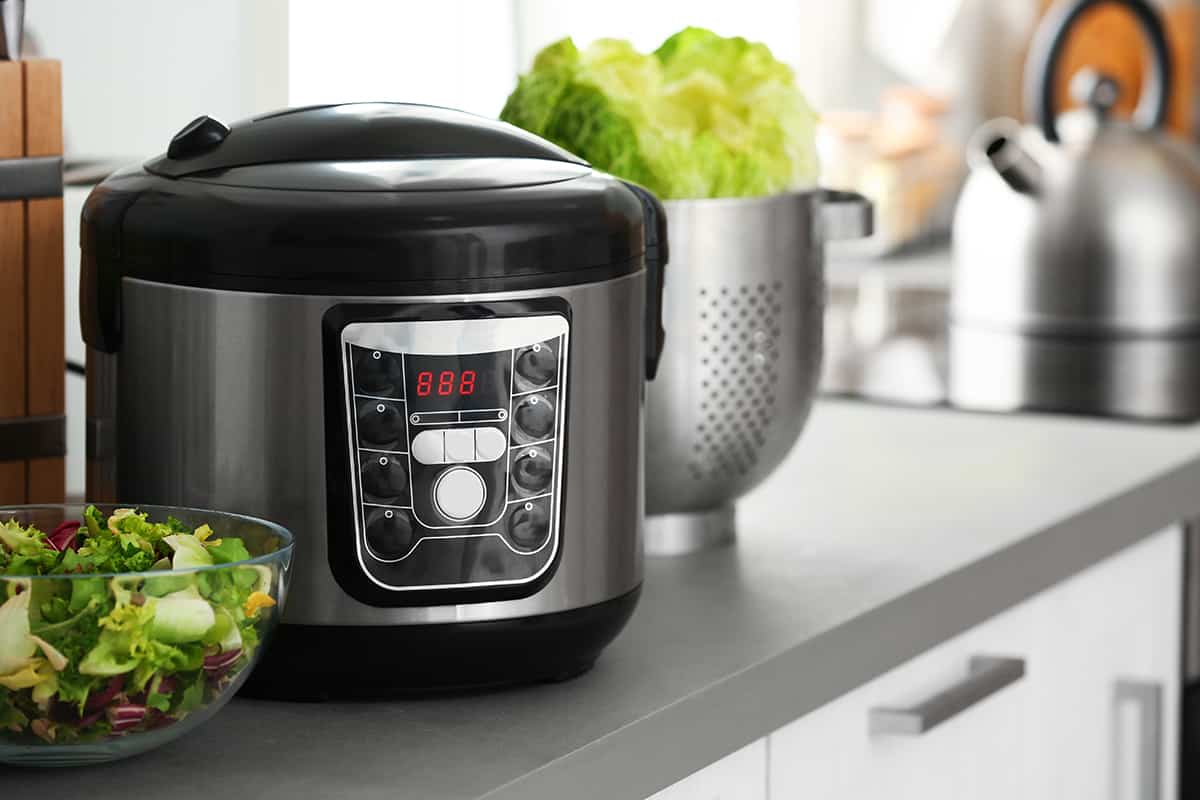Slow cookers offer a lot of benefits, including hassle-free cooking, tender, and flavorful meals, and reduced energy usage, but they aren’t to everyone’s taste. Some people dislike the amount of space a slow cooker takes up on the countertop, and others may not want to spend money buying a slow cooker when the same results could be achieved using existing kitchen equipment.
Here we look at slow cooker alternatives for when you want a hearty and warming meal without the need for owning an actual slow cooker. Contenders for great slow cooker alternatives include pressure cookers, conventional ovens, dutch ovens, and even air fryers.
Read on to learn more about how you can use kitchen appliances you already own to get slow cooked results.
Can You Slow Cook Without a Slow Cooker?
Yes, absolutely. Being without a slow cooker appliance does not mean you have to miss out on all of the benefits that slow cooking has to offer.
People were using slow cooking as a method of making food for hundreds of years before electric slow cookers were even invented, so there’s no reason why you can’t follow slow cooker recipes by using appliances and equipment you already have in the kitchen.
Benefits of Slow Cooking
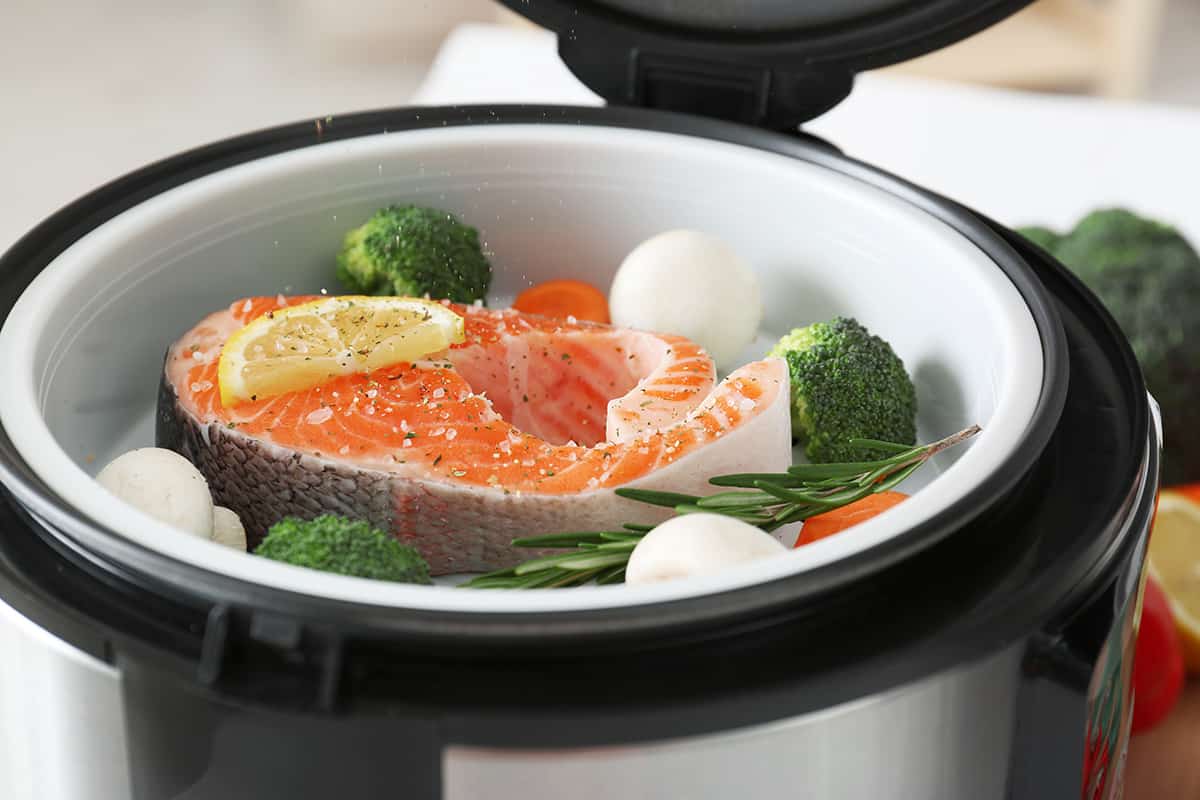
Tender meat
Slow cooking joints of meat, or meats in stews and casseroles, breaks down the fibers gradually to achieve extremely tender results. Not only does this mean you get delicious food, but it also means you can save money, because even the cheaper, tougher cuts of meat you get from the butcher or grocery store can become beautifully tender when cooked slowly.
Low energy
Slow cooking uses less energy because food is cooked at a lower temperature, making slow cooking more energy efficient and better value when it comes to power bills.
Healthier
Slow cooker recipes need considerably less oil compared with meals which are fried or roasted, which means the content of your food is going to be more healthy.
Hassle-free
One of the reasons many people favor slow-cooked meals is the ease and simplicity factor. Most slow cooker recipes involve minimal preparation, where you can throw all of your ingredients into one pan and let the low and slow heat work its magic. Clean up will also be reduced because you’ve only used one pan.
No moisture loss
Slow cooking food typically requires the use of a lid, or aluminum foil to cover over the food. This means that no moisture is allowed to escape, and the food gets tenderized in its own steam and liquids. The result is a more intensified flavor, and a juicy texture.
Best Slow Cooker Alternatives
Pressure Cooker
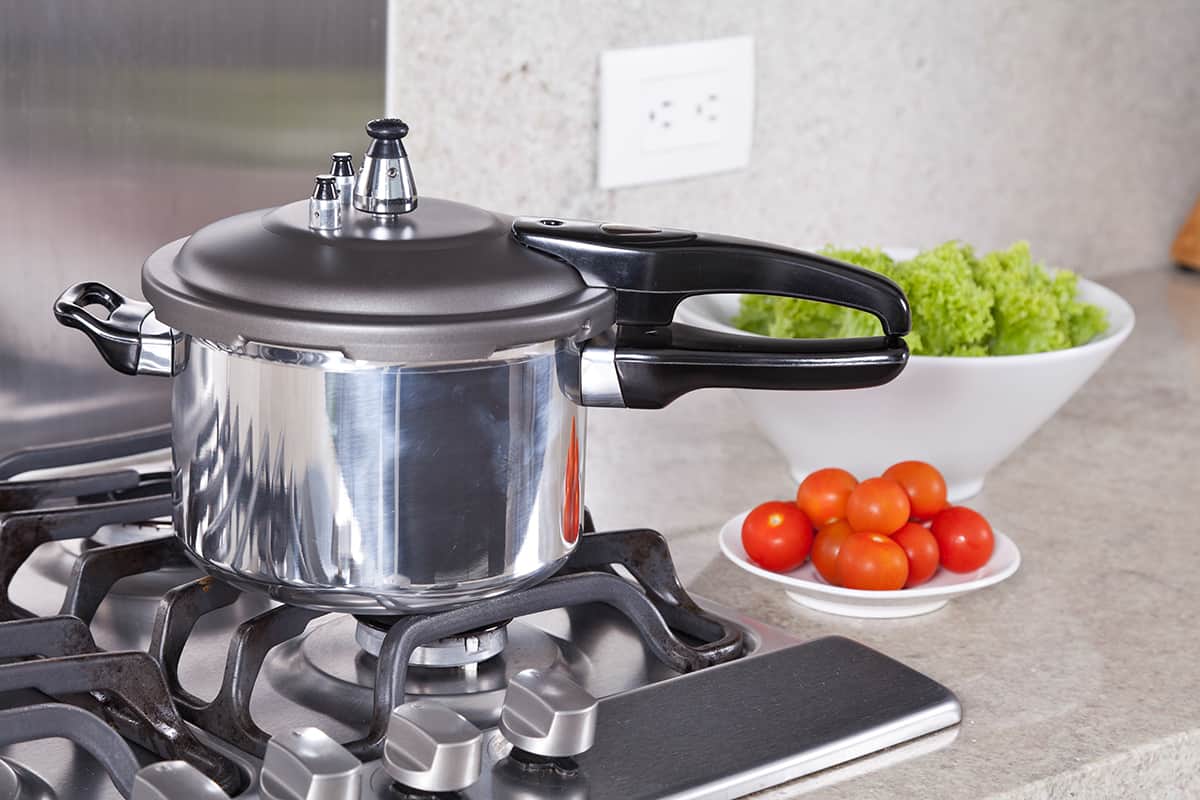
Pressure cookers are versatile kitchen appliances that can perform a wide range of cooking methods, including steaming, boiling, poaching, roasting, sauteing, stewing, braising, and slow cooking. If you invest in a pressure cooker then you can kiss goodbye to your old slow cooker, because this single appliance is an all-in-one machine that negates the need to keep a bunch of different appliances in the kitchen cabinet.
Slow cooking in a pressure cooker is really easy, and follows much the same process as slow cooking in a regular crockpot. On a slow cooker you usually have only three settings; keep warm, low, and high. On a pressure cooker these are ‘less’, ‘normal’, and ‘more’. The ‘less’ setting is equivalent to the ‘keep warm’ setting, so this shouldn’t be used for cooking because it won’t get hot enough, but it is ideal to keep food warm after it has finished cooking.
The ‘normal’ setting should be used on a pressure cooker if your recipe calls for a slow cooker ‘low’ setting, and the ‘more’ setting on a pressure cooker is equivalent to the ‘high setting’ on a slow cooker. When using your pressure cooker for slow cooking, be sure to set the lid to vent so that some moisture can escape, otherwise your food will be overcooked. Alternatively, purchase a glass lid intended for the slow cooking function on your pressure cooker.
Dutch Oven
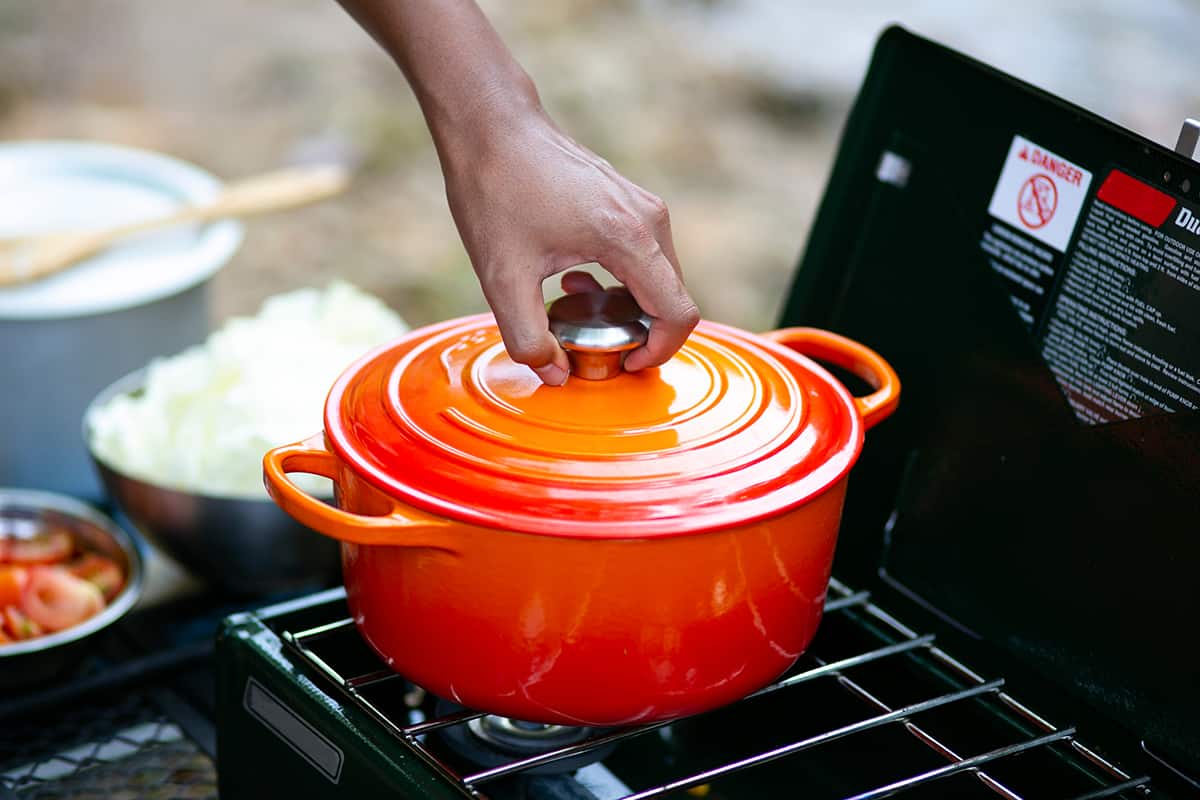
A dutch oven is a heavy type of pan with a lid, which is usually made from cast iron. You can use your dutch oven on a gas burner, electric or induction hob, or in a conventional oven to create the same results as a slow cooker. To do this, throw all of your ingredients into your dutch oven and cover them over with liquid, then set the temperature on your burner or oven to low.
Slow cookers usually cook at a temperature of between 170° and 280° F, so this is the temperature you should be aiming for to achieve similar results. Like slow cookers, recipes in dutch ovens can be cooked low and slow to make stews, soups, or casseroles tender and flavorful.
If you don’t have a slow cooker but want to create some slow cooked meals, the dutch oven is a brilliant alternative. Some people favor dutch ovens over slow cookers because they are more versatile and don’t take up as much space in the kitchen.
Conventional Oven
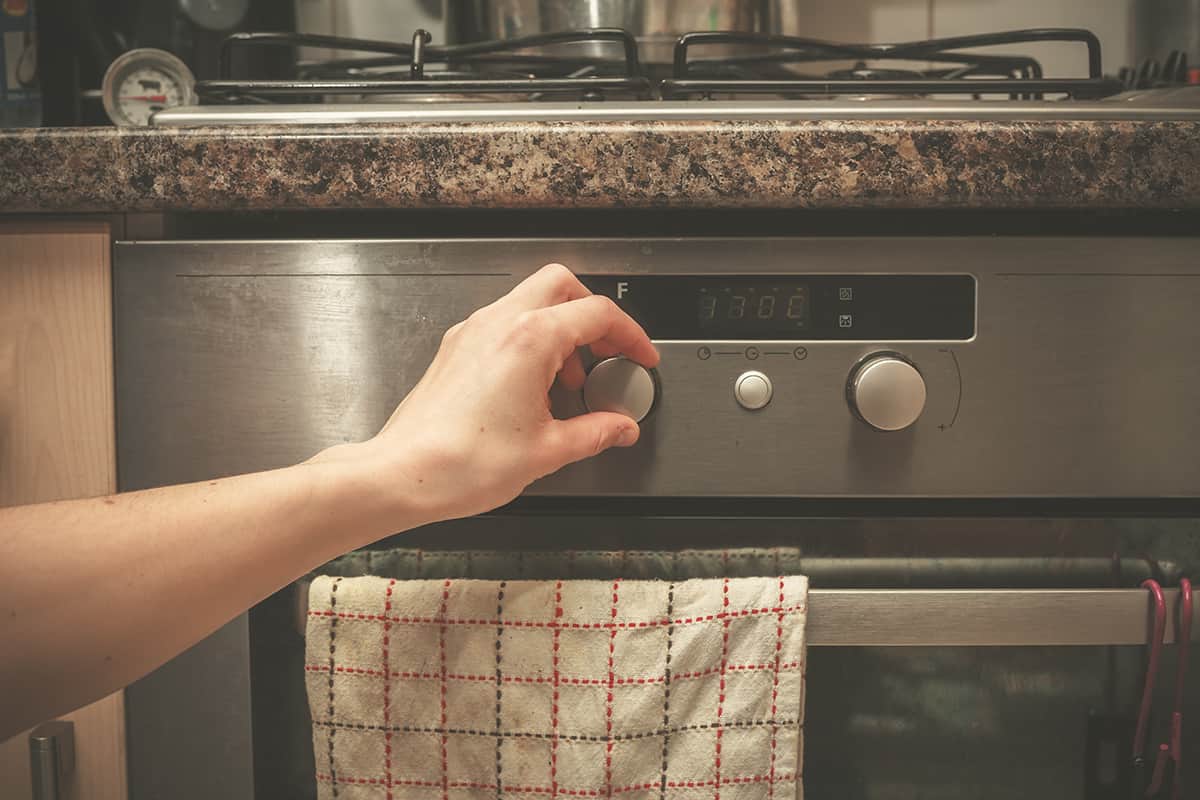
Foods can be cooked on low temperatures in conventional ovens to achieve similar results to slow cookers, using a range of kitchen equipment. To slow cook joints of meat you can place these in a roasting tin and cover them over with aluminum foil, then set the oven to the lowest temperature and leave the joint cooking for several hours.
Alternatively, you can put stews, curries, or casseroles into dutch ovens or casserole dishes with lids, and cook these low and slow in the oven at around 200° F. Your resulting meals will be very similar to if they had been cooked in the slow cooker, however, you should bear in mind that conventional ovens use significantly more power than slow cookers.
If you’re trying to keep your energy bills down, then a slow cooker will be significantly more energy efficient and lead to smaller utility payments. Slow cooker running costs are less than a quarter of conventional oven running costs, which can equate to a big monetary difference over the span of a year.
Cast Iron Casserole Dish
Cast iron casserole dishes can be used in the same way as dutch ovens as an alternative to slow cookers. These types of casserole dishes are heavy-bottomed which ensures heat is evenly spread to avoid any burnt food, and the lid ensures heat and steam are contained within the pan to slow cook meats for a tender finish.
Casserole dishes can be used in the oven or on the stovetop to cook at low temperatures for numerous hours to give you results that replicate those achieved in slow cookers.
Air Fryer
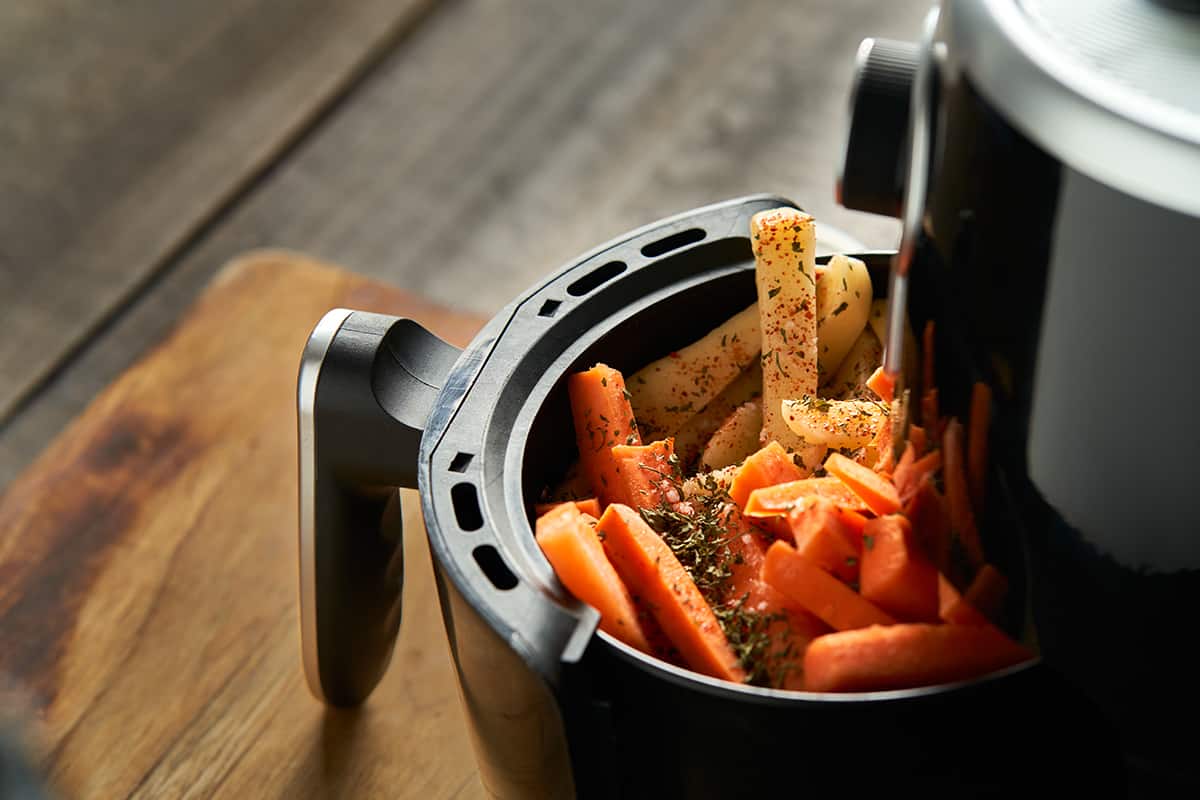
Air fryers are renowned for their speedy cooking and ability to give food a crisp texture, however they are also surprisingly versatile because of their wide temperature range. Unlike conventional ovens, slow cookers can be set to temperatures as low as 105° F, which means you can tenderize meat really effectively.
105° F is not high enough to thoroughly cook meats to a point that they are safe to eat, but you could roast a joint of meat in an air fryer at 105° F for 2 hours, and then increase the temperature to 170° F for the remaining cooking time. This will give you a tender and juicy joint of meat that falls off the bone and melts in the mouth.
Unlike slow cookers, air fryers are not intended for cooking wet foods, so you won’t be able to make stews, soups, casseroles, or curries in this way. However, if you want to slow cook a joint of meat, you can wrap the joint up in aluminum foil to seal in the juices, then cook it slowly and low in an air fryer.
